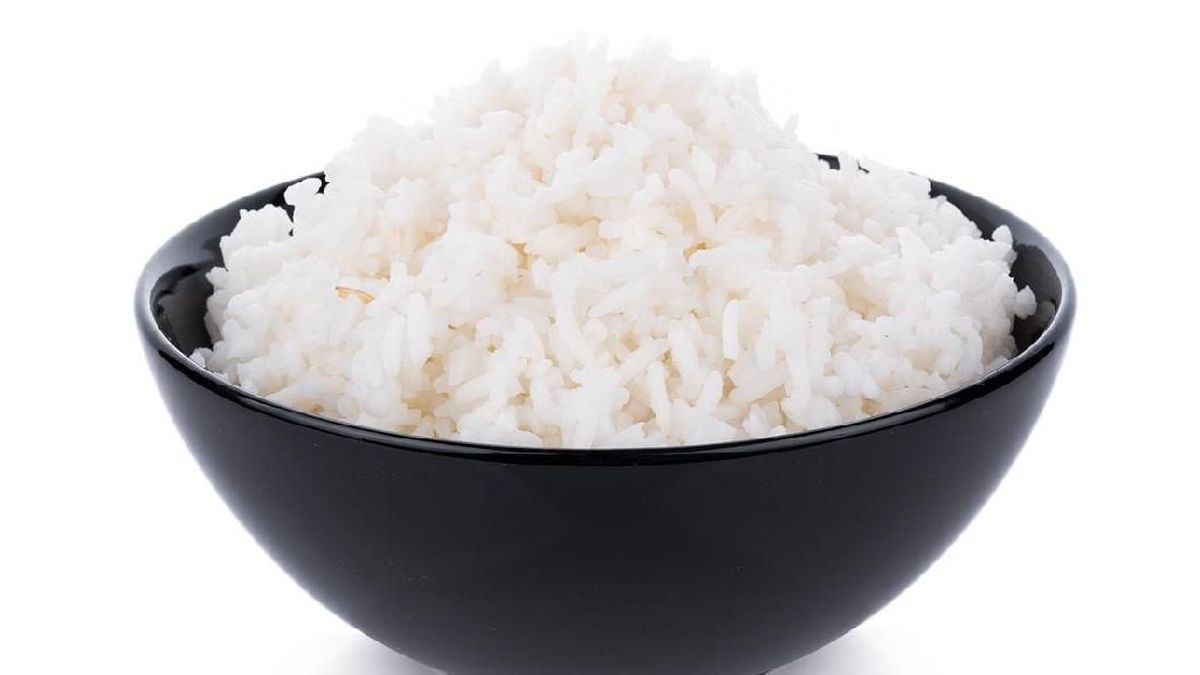Opinion
October 14, 2025 — 12.11pm
October 14, 2025 — 12.11pm
Donald Trump’s trade war with China hinges on a conviction that China’s challenge to US economic and geopolitical dominance can be stifled by choking its access to America’s vast consumer market. That belief is being rapidly undermined.
China’s latest trade data showed surprising resilience - indeed, it confounded expectations.
Exports accelerated in September, rising 8.3 per cent over the same period last year, to $US328.6 billion ($502 billion). That was substantially better than the broadly forecast 6 per cent increase, and a big lift from the 4.4 per cent growth experienced in August.

Donald Trump’s trade war with China was built on a false assumption.Credit: AP
Exports to the US did take a hit from Trump’s tariffs, which average at about 40 per cent on imports from China, falling a further 27 per cent to $US34 billion in September after a 33 per cent dive in August. At the same time, imports from the US fell 16 per cent to $US11.5 billion.
Trump thought his trade war would shrink China’s exports to America, damaging its growth and economic ambitions, helping him revive domestic manufacturing in the US and providing the leverage to force greater access for US companies to China’s markets. He only got that half right, at best.
Yes, China’s trade with America has shrunk. Before Trump’s first trade war with China, in 2018-19, the US market accounted for about 20 per cent of China’s exports. By last year, its share of China’s exports had fallen to about 14 per cent, and it’s now running at about 10 per cent.
It could be argued that China, in winning new markets and new friends, is losing less than America.
Instead of destabilising China’s export-driven economic model, however, the trade wars appear to have, if anything, strengthened it. China’s patterns of trade have changed, but it looks on track for another record trade surplus of about $US1 trillion, and probably above.
As its exports to the US have been diminished by the Trump tariffs, China has – far more rapidly than could have been anticipated – shifted its trade flows to other markets.
The September data showed that even as exports to the US slumped, those to the European Union rose 14.2 per cent. Exports to South-East Asian economies were up 15.6 per cent, while to Latin America they climbed 15.2 per cent and to Africa (off a modest base) they surged 56 per cent.
China’s exports have been re-routed, demonstrating that Trump’s thesis that China’s export-oriented economy made it over-dependent on the US market was flawed.
In 2018, when the first of Trump’s tariffs on China were imposed, exports to the US accounted for about 3.5 per cent of China’s GDP. Last year, that percentage was 2.8 per cent. It will be significantly lower this year.
Trump’s tariffs can damage, and are damaging, China’s economy, but the country’s exposure and vulnerability to them is reducing rapidly.
Now, America - while still an important destination for Chinese goods - is part of a far more diversified global market for Chinese companies, one fortified by massive investments by China in economies other than the US that are also gradually shifting their geopolitical relationships away from America. Trump’s tariffs on everyone are aiding that process.
While there are some signs of pushback against the flood of cheap exports from China in Europe, Latin America and even Africa, there’s nothing occurring of the scale and breadth of the US tariff regime to stem them. Very few of those economies dealing with the Trump tariffs would want to open a new front by initiating a trade war with China.
Loading
What Trump may have underestimated was the rest of the world’s – and America’s – reliance on China’s cheap goods and China’s dominance of key industrial technologies and their supply chains. There are no instantly available and competitively priced substitutes for many of its key exports.
There’s also no market for some of America’s agricultural products bigger than China.
It was notable that China’s imports of soybeans in September were up 4.8 per cent to 12.9 million tonnes. American farmers are now harvesting a near-record crop, none of which has been pre-purchased by China, which now sources most of its soybeans from South America.
Last week’s significant tightening of export restrictions on rare earths, magnets and batteries, which caused Trump to threaten China with a 100 percentage point hike in the tariff rate, also highlighted China’s own leverage in the trade stoush, and how it is amplified by US financial markets, which went into a meltdown on Friday and would’ve played a role in Trump’s backing away from his initial aggressive response.
Trump used to boast that trade wars were good and easy to win. Experience of the Trump tariffs says that they aren’t good for anyone, and no one wins.
The September trade data showed that China’s exports of rare earths were down 31 per cent from August and were about half the volumes China was exporting mid-year. It would appear that China had started squeezing the market for rare earths, a market it absolutely dominates, even before the announcement of the new export restrictions.
Wall Street recovered some of their losses on Monday after Trump adopted a far more conciliatory tone.
The growth in China’s exports shows how dynamic its companies are.
Some of that growth will reflect an arbitraging of tariff rates, with goods being trans-shipped to their eventual destination, America, but there’s also an organic appetite for cheap Chinese goods in the developing economies that China has been building relationships with for years through its Belt and Road initiative.
The growth is coming at a cost, with export volumes significantly higher than their value. China’s companies are operating in sectors with substantial excess capacity and fighting torrid price wars in their domestic markets.
They have slashed export prices to absorb that excess capacity, which has caused increased tension with China’s non-US trade partners even as their profits have kept falling.
It’s also led to deflation and weaker growth in an economy that has never fully recovered from a downturn in its property market that is now in its fifth year, although a 7.4 per cent rise in China’s imports in September, to $US238.1 billion, could suggest the domestic economy is faring a little better than most forecasters have predicted.
Beijing has responded with a campaign against what it calls “involution,” or excess capacity and continuing cycles of price competition, which should see some consolidation of industries and some companies exiting markets.
China’s broader economic data for September is due to be released next week, which will provide a better insight into the toll the trade war and China’s domestic settings are taking on an economy which is over-exposed to trade.
Loading
Also next week, the most important meeting of China’s leaders for the year – the “Fourth Plenum” – will start, with hundreds of the country’s senior officials reviewing the government’s next five-year plan for the economy and society.
To date, Beijing has resisted any large-scale effort to stimulate the domestic economy to dilute its reliance on exports - but there will be significant interest from external observers in whether there are plans to boost consumption over the remainder of this decade, and whether there will be more done to address the structural imbalances and the degree of unproductive capital within the economy.
Trump used to boast that trade wars were good and easy to win. Experience of the Trump tariffs says that they aren’t good for anyone, and no one wins.
At this point, however, it could be argued that China, in winning new markets and new friends as Trump’s tariffs cause even long-standing allies to re-evaluate their relationships with America, is losing less than America.
The Business Briefing newsletter delivers major stories, exclusive coverage and expert opinion. Sign up to get it every weekday morning.
Most Viewed in Business
Loading


















































